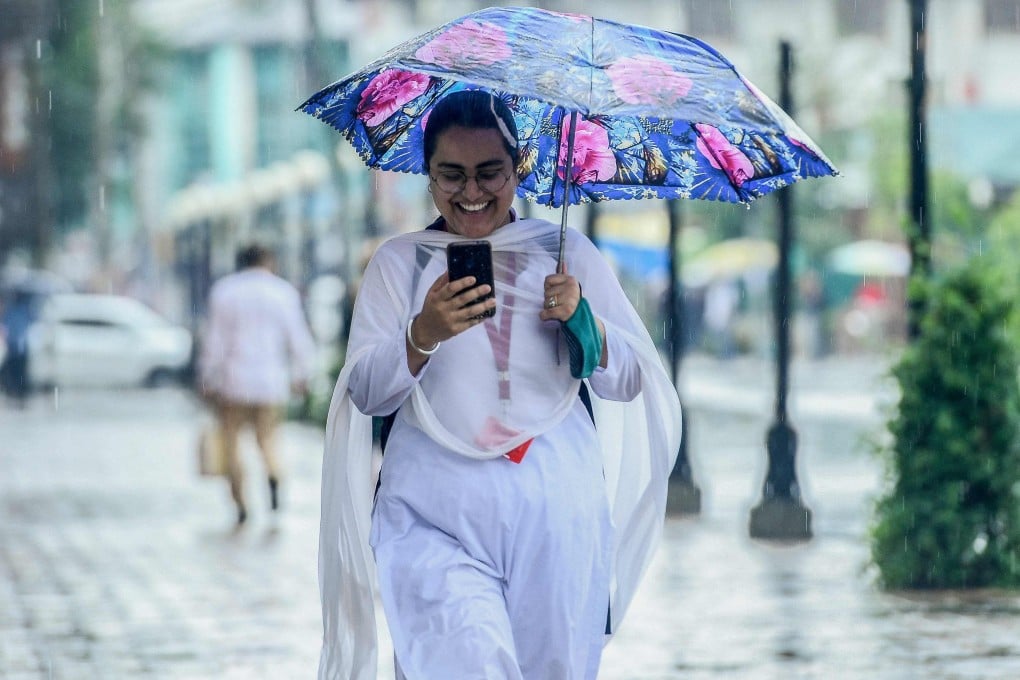‘Silver lining’: Asian women profit from pandemic-fuelled rise of digital payments
- Online transactions that increased during the pandemic are driving transformation, with the support of the UN-backed ‘Better Than Cash Alliance’
- The digital-account ownership gender gap has narrowed for the first time since tracking began, the World Bank’s Global Financial Inclusion Index shows

Online transactions – not without their own difficulties – became her lifeline. “Everything was closed and our delivery man was often not able to reach doorsteps. We would drop orders to nearby locations,” she said.
Thankfully, such sales helped Lopa’s Dhaka-based store Mun Fashions to pull through. She had started the business as an online retailer in 2015 before opening a shop in 2017, but was forced to return to focusing on online amid the country’s Covid-19 lockdowns.
While business has picked up in recent months and customers are again flocking to her shop, around one-third of orders are still conducted online. People sometimes change their minds and buy three items instead of one, the 40-year-old said. “If they don’t have enough cash, they pay through apps like BKash.”